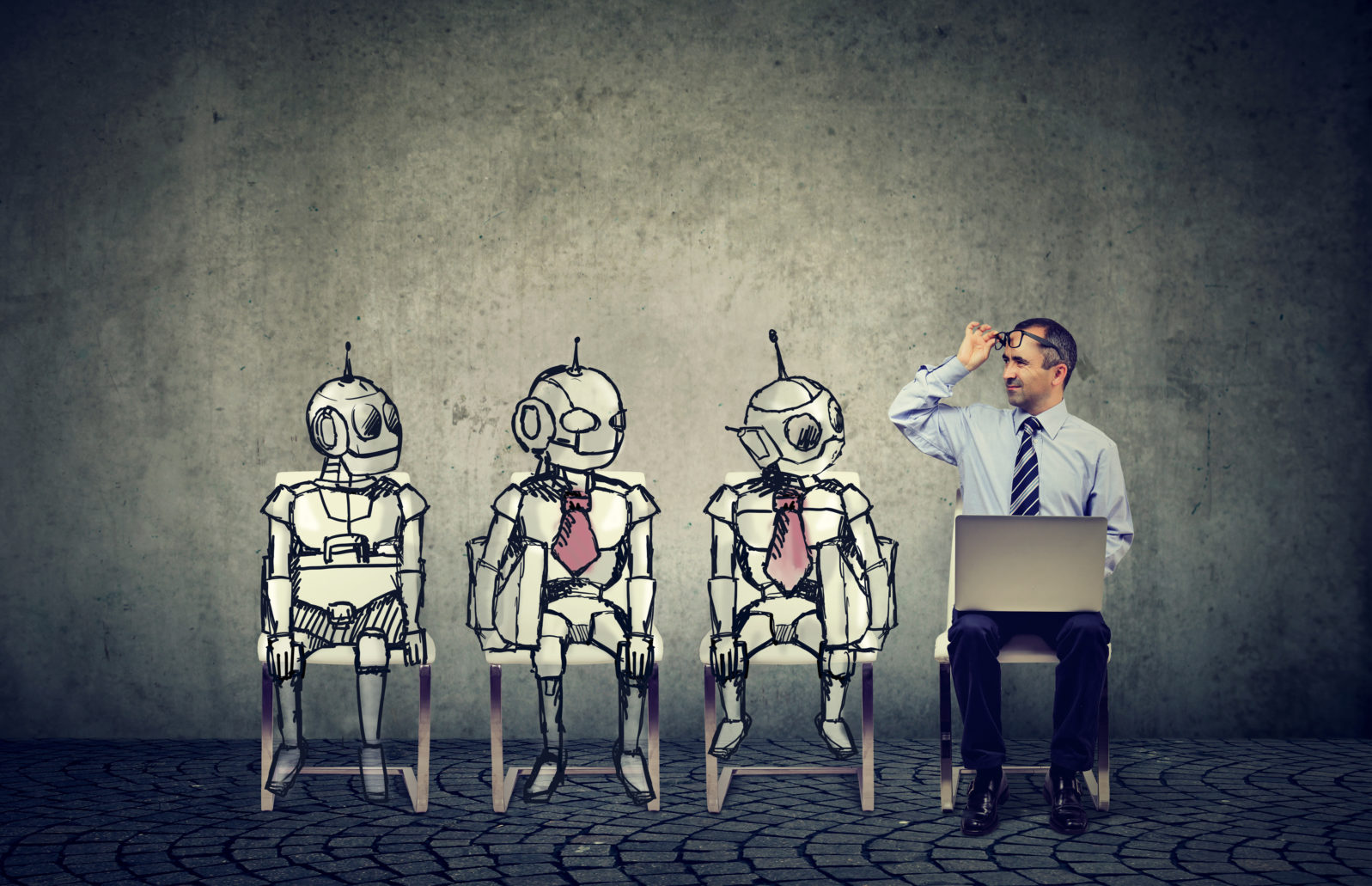AI’s Future: Combining RPA With AI to Augment Knowledge Workers
The work machines can’t do is usually the rewarding part, both personally and financiallyCounterterrorism requires analysts to work through millions of Twitter and Facebook messages, YouTube videos, and websites in multiple languages, far too much work for humans. But a combination of AI (artificial intelligence) and RPA (robotic process automation) can help humans do this work, leaving humans in charge of the most complex and important decisions. AI systems can crawl through documents in any language, automatically translating them, extracting names of people and organizations, and doing sentiment analysis of conversations to identify key text to be considered later by humans. This text can be automatically organized into proper bins using RPA, enabling a data processing and analytics pipeline that can handle large amounts of content at speeds never possible in the past.
This is a very different outcome from predictions made by many AI experts, claiming AI will replace accountants, lawyers, financial and security analysts, doctors, and other knowledge workers. From Erik Brynjolfsson and Andrew McAfee’s Race Against the Machine to Martin Ford’s The Rise of the Robots and Daniel Susskind’s (2020), many books argue that AI will lead to a combination of great prosperity and massive unemployment, thus requiring huge payments to unemployed workers.

We see a different world in which computer systems primarily augment knowledge workers. Although there are many ways in which this scenario might evolve, this article describes how a combination of AI and RPA can automate easy tasks, leaving more difficult ones to humans, usually tasks involving judgement, where computers have performed poorly in the past. As seen in the high-end counter-intelligence example, we expect the number of these automated tasks to increase over the coming decades as systems are improved, partly because the underlying AI and RPA are getting better.
What are the easiest tasks for RPA and AI to do? It depends on the degree of standardization in documents, other sources of data, and processes. For documents with fixed structures such as invoices, receipts, passports, and licenses, the workflows and decision automation paths are usually clear and standardized. Thus RPA can extract most of the key information and place them in other documents, be they Excel files or corporate information systems such as those provided by SAP or Oracle. It does this by mimicking the actions of human workers, recording their clicks, determining the places where humans must make judgements, and the rules that are followed. But when there is less standardization in document structure and other data inputs, the only way to make RPA work is by using AI to transform the input data and extract meaningful information from it.
The fastest improving subset of AI is natural language processing. NLP is becoming better at transforming, translating, interpreting, classifying, and categorizing documents or portions of them, and in determining the location of data in documents even if the layout changes. The latter enables RPA to extract more data, and make more decisions based on this data. The former can enable AI to assign different parts of the text to different people, thus reducing the need for everyone to read all the text.
However, in assessing the different tasks that AI or RPA can do, it is not whether AI can comprehend the documents, or respond to simple questions about them as well as humans, an issue debated endlessly by people evaluating OpenAI’s GPT-3. This is a completely different issue, and one we believe is much less relevant to improving productivity in the 2020s. Instead, it is whether AI can roughly understand text and classify information to reduce the work of knowledge workers. Terms such as “intelligent automation” and “hyper-automation” have been misunderstood and overhyped to the degree that expectations about what RPA and AI can achieve are unrealistic.
This path will lead to far different challenges from those spelled out by Brynjolfsson, McAfee, Ford, and Susskind. Instead of unemployment and guaranteed incomes, the challenge is to understand what portion of white-collar work, including those of professionals, can be done by AI and RPA in the short and medium term. And this requires an understanding of the processes being carried out by professionals such as financial analysts, accountants, lawyers, engineers, doctors, nurses, and architects.
Consider financial analysts. They must make judgements about billions of dollars in deposits based on vast amounts of structured and unstructured data. How can they assess the data quickly and effectively? Trying to automate all the work of a financial analyst is a huge and risky endeavor, one that is likely to fail. Instead, AI can scour the internet for articles about different companies, automatically translating, summarizing, and classifying them, and extracting and summarizing financial data for analysts to consider in more detail. RPA automates the tasks of summarizing, classifying, and extracting information by mimicking what humans once did as they slowly searched through the web. The better NLP becomes, the better RPA and NLP can together organize the information for financial analysts thus allowing them to look more closely at the relevant information.
Consider contract lawyers whose job is to review, understand, and respond to contracts. The complexity of these documents should be underestimated; no one person can understand an entire contract and certainly not a novice who often clicks on “I agree” without even reading their mobile phone contract. Although NLP may not be able to write legal briefs and thus replace lawyers, it can assign sections to lawyers specializing in different types of contract law, thus reducing the overall work time for them. The reason AI can do this is that many contracts are organized in similar ways and thus NLP can be trained on similar contracts and thus learn which parts should be assigned to which lawyers.
Consider accounting work. Downloading reports and doing simple calculations on data in those reports is relatively simple. Data can be easily extracted from standard invoices, spreadsheets, and other standardized documents and input into corporate information systems such as those provided by SAP or Oracle. But the number of calculations that RPA can do often depends on the number of rules involved with these calculations. As the number of rules and thus contingencies increase, RPA requires more complex code and more NLP. Furthermore, as we move from simple accounting tasks such as accounts payable and reporting to more complex tasks such as auditing, the need for AI increases.
In summary, the future of AI can be seen in decades of incremental progress that will primarily augment knowledge workers, a conclusion that is consistent with the last 40 years of progress for white-collar workers. Computers provided workers with document, spreadsheet, and power point capabilities in the 1980s and enterprise software in the 1990s. Although some job categories such as secretary, data entry clerk, and bookkeeper were eliminated, for the most part the advances in automation augmented the work of accountants, journalists, engineers, lawyers, and architects. This process of incremental change and augmentation will likely continue with RPA and AI.
You may also wish to read: We will never go back to the pre-COVID workplace. The virus forced us to realize: Staying together apart has never been so easy. (Jonathan Bartlett)
